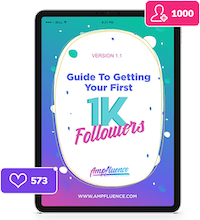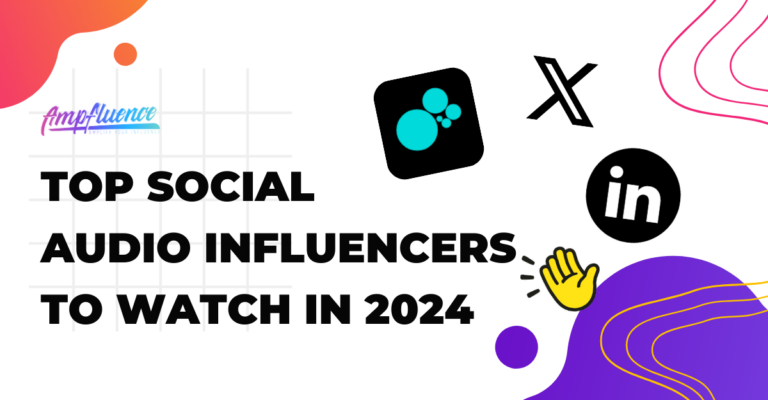Every time you create an ad, the question will always lead if there are any conversions. It is not an easy decision to launch an ad campaign knowing the time and resources it will entail. Though running ads can give you more exposure to your target audience, Twitter Ads work differently from other social media platforms. Closed-loop marketing is what you be looking to understand the power of Twitter ads, which means tracking the path of a user who clicks a link in a tweet, and how it is converted into a customer.
In this blog, we will take a deeper look at how you can measure the success of your Twitter Ads ROI so you will not be wasting money on your next campaign.
Ways to Measure your Twitter Ads ROI
1. Use an Analytics Tool
To see how many visitors are coming to your site via Twitter, you’ll need an Analytics tool, such as Google Analytics or HubSpot. While Google Analytics is free, the benefit of using a tool like HubSpot is that you can directly see how many leads are generated through Twitter. Once you tie your customer relationship management (CRM) solution like Salesforce and HubSpot CRM to your inbound marketing software like HubSpot — you can also close the loop between your Twitter marketing efforts and sales. Then you can compare the effectiveness of Twitter marketing to your other channels!
2. Set Up Tracking Tokens for Different Sources
Now that you have a marketing analytics tool, set up a Tracking Token in every source of your ad campaign. A tracking token is added to the end of a link, allowing your analytics tool to pool a certain group of traffic. Different tools employ different tokens, but a generic one looks something like this:
/?utm_medium=social&utm_source=twitter.
By attaching this to the end of your link, anyone who clicks that link is giving a signal to your Analytics tool that this lead comes from Twitter. Make sure you have tracking tokens inserted at the end of the link used for advertising to track where your leads are coming from.
3. Use the Right Twitter Metrics
Here are the metrics we recommend you keep track of:
a. Twitter Follower Month-to-Month Growth
By pulling the number of Twitter followers and net followers, you can get a sense of the growth of your Twitter to reach monthly. For example, if you were to compute the following growth in March, you would pull the numbers from February and March: (March Twitter Followers – February Twitter Followers) / February Twitter Followers = Growth %
b. Twitter Visitors / Twitter Leads = Visitor-to-Lead Rate
Keeping track of your Twitter visitor-to-lead growth rate will help ensure your social tactics are converting into leads. If you want to track this growth more closely to see how specific campaigns impact it, you can create daily goals. Decide on the number of leads you want to generate monthly, then divide that number by the number of business days in that month, and that will give you your daily goal.
4. Further Qualify Leads
Twitter leads are not yet qualified enough for a conversation with sales. Here is where lead nurturing comes into play. The next step is to follow up these leads, offer them more of the resources that fit according to their profile, and further educate them about your products or service. Whether you decide to nurture these new Twitter leads through simple drip marketing or more sophisticated behavior-based communication, you need to focus on getting them further through the sales funnel.
5. Check Other Twitter Engagement Metrics
In addition to the hard metrics like leads and customers, Twitter engagement is associated with other metrics that are unique to its environment. For instance, how do you measure the effectiveness of using a hashtag? Or a mention of a specific campaign? Let’s cover a range of free tools that can help you measure Twitter-specific interactions.
a. Twitter Counter
One of the fundamental metrics to track is your follower growth. Twitter Counter allows you to easily examine your follower growth over time. More importantly, you can see your net new number of followers per day by hovering over each day. If your total following remains constant over time, this could indicate that you are not actively growing or engaging with your Twitter audience. The goal is to increase the number of followers so you will have more reach. Expanded reach results in more leads and customers.
b. Twitter Advanced Search
For example, when HubSpot acquired the marketing automation company Performable in 2011, we could run a search looking for tweets with the word Performable, to see how many people were interested in the news. Similarly, you can use this search tool when running campaigns to see if your efforts sparked any conversation.
c. Twitter Hashtags
Another successful way to track how well a certain campaign is performing is to label it with a branded hashtag. Tools such as Hootsuite and Hashtracking allow you to see how many times a hashtag has been used. In addition, it helps you track a topic beyond what you say about it or beyond what you link to.
For example, HubSpot started an #inboundjobs hashtag, which any company can include in their tweets to look for inbound marketing candidates. Potential applicants (a recruiter’s potential leads) can also find jobs via this hashtag. Now, we can track the popularity of inbound job openings and opportunities through the hashtag, even if we aren’t the ones linking to or talking about a job posting.
Conclusion
Twitter is more than just a network for engaging in the conversation and creating a positive brand image. The days of updating on-the-go tweets and leaving it at that are over. You must test and analyze all your efforts to understand whether it’s even in your business’s best interest to be vesting much time on Twitter. Be smart about the way you prioritize your marketing initiatives, and keep an eye on the specific benefits this social network can offer your business.












